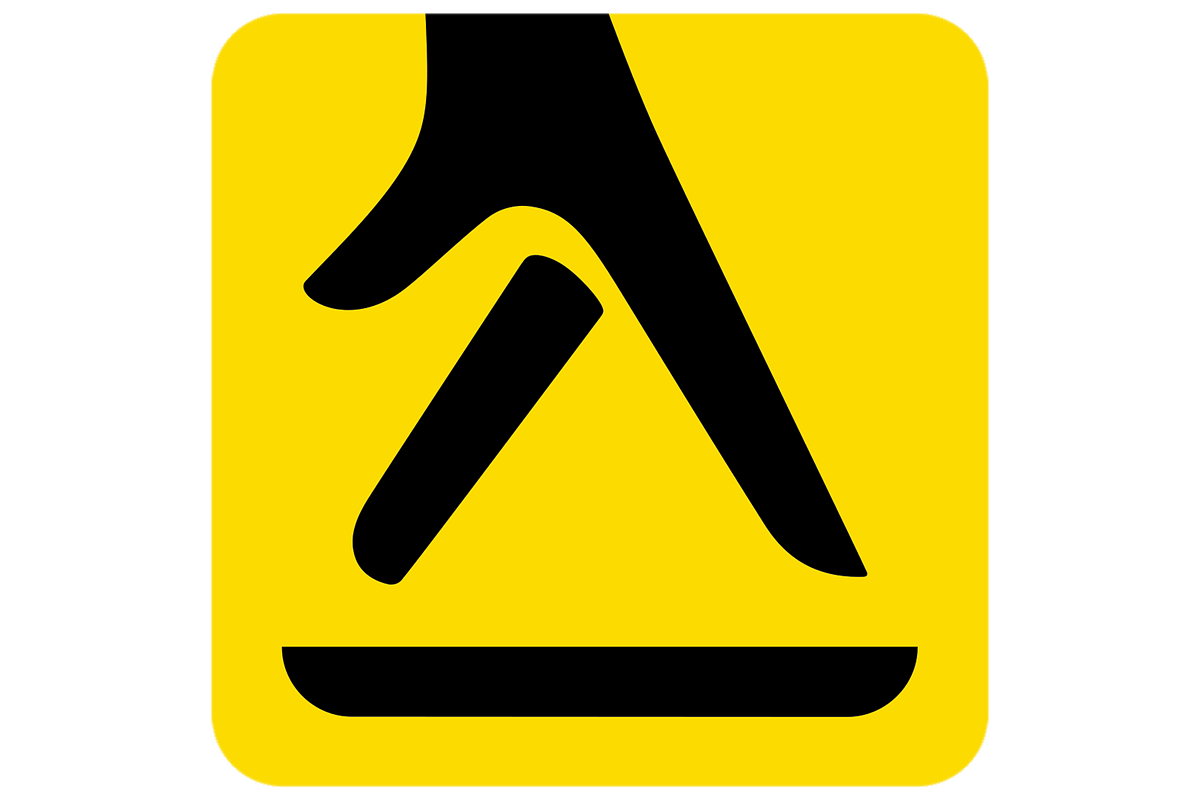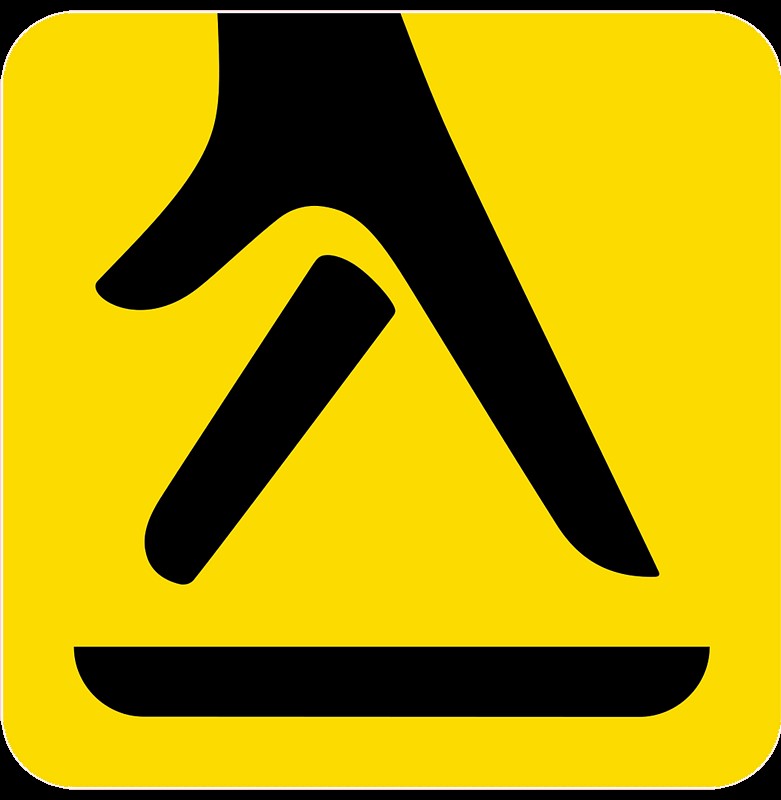With the winter season just around the corner, it’s time to start thinking about preparing your chimney for the colder months ahead. The last thing you want is to be left with a malfunctioning chimney when you need it the most. That’s where Rotasure comes in. As experts in chimney maintenance, we’re here to guide you through the necessary steps to ensure your chimney is in top shape.
1. Inspect Your Chimney
Before the winter season arrives, it’s crucial to inspect your chimney thoroughly. Look for any signs of damage such as cracks, loose bricks, or deteriorating mortar. These issues can lead to leaks and drafts, which can cause your chimney to be less efficient and increase the risk of a chimney fire. If you notice any problems, it’s essential to address them promptly.
2. Clear Out Creosote
Creosote is a black, tar-like substance that builds up in your chimney as a result of burning wood. It is highly flammable and can cause chimney fires if not properly removed. Schedule a professional chimney sweep to clean out the creosote buildup and ensure your chimney is safe to use during the winter months. A clean chimney not only reduces the risk of fire but also improves the overall efficiency of your fireplace.
3. Check the Chimney Cap and Flashing
The chimney cap and flashing play a vital role in keeping your chimney protected from the elements. The chimney cap prevents rain, snow, and debris from entering your chimney, while the flashing seals the area where the chimney meets the roof, preventing any water leaks. Inspect both the chimney cap and flashing for any damage or signs of wear and tear. If you notice any issues, it’s important to address them before the winter season begins to avoid potential leaks and water damage.
4. Ensure Proper Ventilation
Proper ventilation is essential for a safe and efficient chimney. Make sure that your chimney is not obstructed by any debris or bird nests. Additionally, check the damper to ensure it opens and closes properly. A blocked chimney or a faulty damper can lead to smoke and carbon monoxide buildup in your home, which can be extremely dangerous. If you’re unsure about the ventilation of your chimney, it’s best to consult a professional.
5. Install Carbon Monoxide Detectors
Speaking of carbon monoxide, it’s crucial to have carbon monoxide detectors installed in your home, especially near your chimney. Carbon monoxide is a colourless and odourless gas that can be emitted from a malfunctioning chimney or fireplace. It can be extremely harmful and even fatal if not detected early. Installing carbon monoxide detectors can provide an extra layer of safety and give you peace of mind during the winter season.
6. Schedule Regular Maintenance
To ensure your chimney stays in top shape throughout the winter season and beyond, it’s important to schedule regular maintenance. This includes annual inspections and cleanings by a professional chimney sweep. Regular maintenance helps identify any potential issues early on and ensures that your chimney is functioning properly. A professional chimney sweep can identify any cracks, blockages, or other problems that may need to be addressed. They can also remove any built-up debris or creosote, reducing the risk of a chimney fire. By scheduling regular maintenance, you can extend the lifespan of your chimney and ensure its safety and efficiency.
7. Use the Right Wood
When using your fireplace or wood-burning stove, it’s important to use the right type of wood. Hardwoods like oak and maple burn more efficiently and produce less creosote buildup compared to softwoods like pine or cedar. Additionally, make sure the wood is properly seasoned before burning. Green or wet wood can create more smoke and increase the risk of creosote buildup. By using the right wood, you can reduce the amount of maintenance your chimney needs and improve its overall performance.
8. Be Mindful of Ashes
After a fire, it’s important to properly dispose of the ashes. Hot ashes can stay hot for days, so make sure to wait until they have completely cooled down before removing them. Use a metal container with a tight-fitting lid to store the ashes and keep them away from any combustible materials. Avoid disposing of ashes in plastic bags or containers, as they can melt or catch fire. Properly disposing of ashes not only ensures your safety but also prevents any potential damage to your chimney.
9. Be Aware of Warning Signs
Lastly, it’s important to be aware of any warning signs that may indicate a problem with your chimney. Some common warning signs include:
- Smoke backing up into the room when the fireplace is lit.
- A strong, unpleasant odour coming from the fireplace or chimney.
- Soot or black stains on the walls around the fireplace.
- Excessive amounts of creosote buildup.
- Cracks or crumbling in the chimney masonry.
- Animals or birds nesting in the chimney.
If you notice any of these warning signs, it’s important to take action immediately. Ignoring these signs can lead to further damage and potential safety hazards. Contact a professional chimney sweep and chimney cleaning service in Stockport to inspect and address any issues with your chimney.
In conclusion, maintaining a safe and efficient chimney is essential for enjoying a warm and cosy winter season. By following these tips and scheduling regular maintenance, you can ensure the safety of your home and family. Remember to always prioritize safety and seek professional help if you’re unsure about any aspect of chimney maintenance. Stay warm and happy winter!


